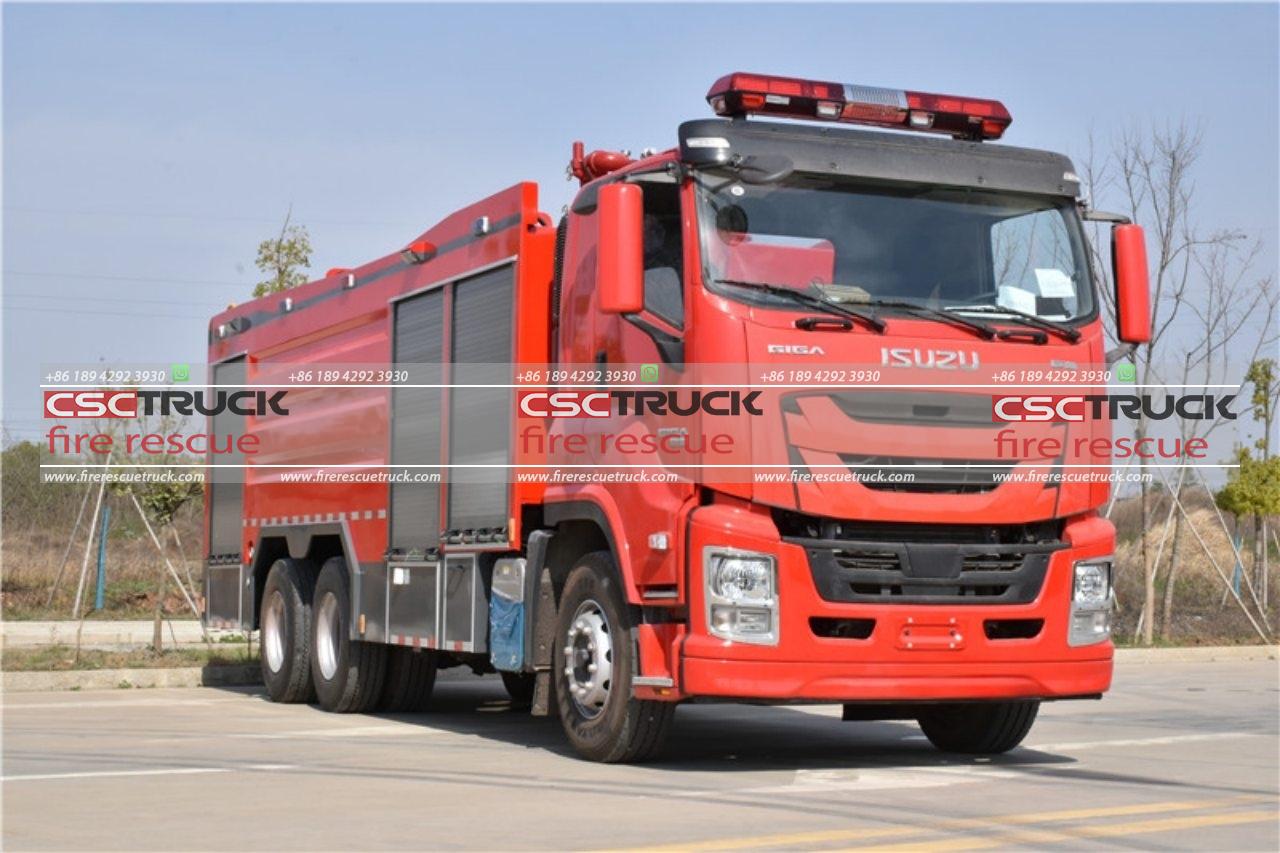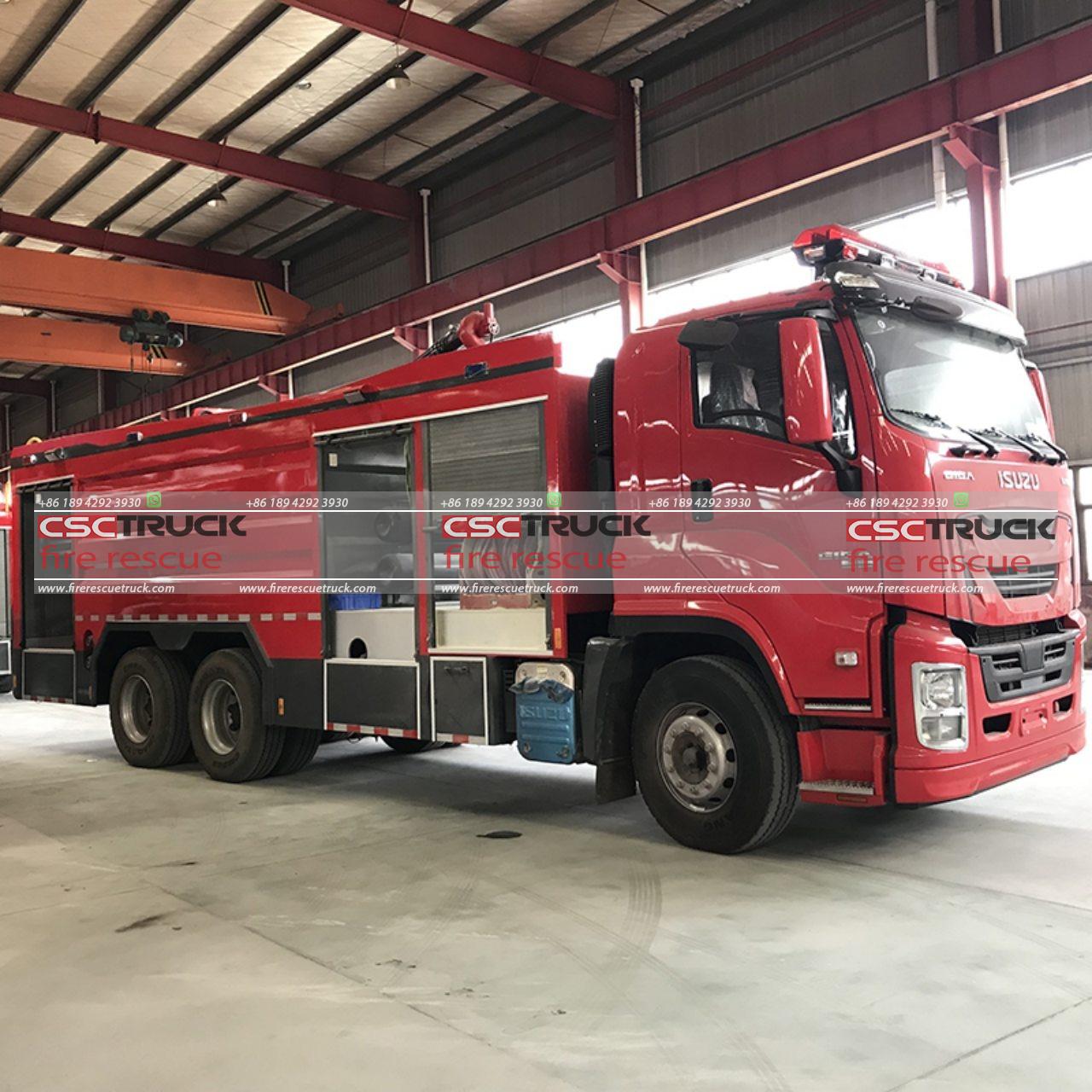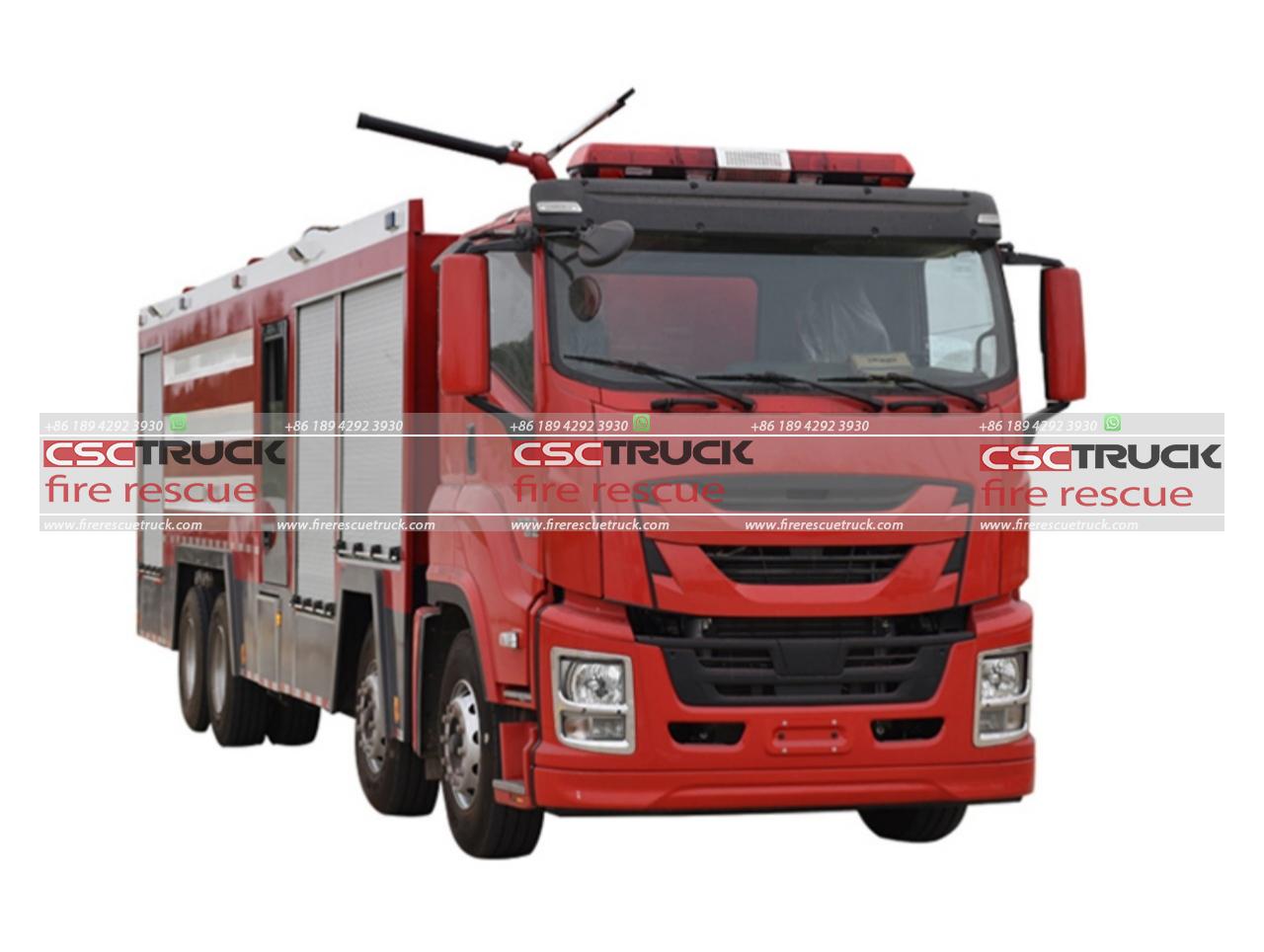Fire trucks, those iconic symbols of emergency response, are often seen rushing through the streets with sirens blaring and lights flashing. While most of us are familiar with their exterior appearance and their vital role in combating fires, have you ever wondered what lies beneath the surface? What exactly is inside a fire truck that enables it to tackle emergencies effectively? Join us on a journey as we delve into the intricacies of these remarkable vehicles and uncover the array of equipment and technology they house.

The Anatomy of a Fire Truck:
At first glance, a fire truck may appear to be a simple vehicle, but a closer inspection reveals a complex assortment of tools and machinery designed to aid firefighters in their mission. Let’s start with the basics:
1. Chassis: The foundation of any fire truck is its chassis, which serves as the structural framework upon which all other components are built. Fire truck chassis are typically heavy-duty and capable of supporting the weight of the vehicle and its equipment.
2. Cab: Positioned at the front of the truck, the cab is where the driver and crew members sit while en route to an emergency. It is equipped with communication systems, controls for operating the vehicle, and seating for the crew.
3. Pumping System: One of the most crucial components of a fire truck is its pumping system, which allows firefighters to deliver water or other extinguishing agents to the scene of a fire. These pumps are powered by the truck’s engine and can generate high-pressure streams of water to suppress flames.
4. Water Tank: In addition to the pumping system, fire trucks are equipped with onboard water tanks that store large quantities of water for firefighting purposes. These tanks vary in size depending on the type and capacity of the truck but are essential for providing a continuous water supply when hydrants are unavailable.
5. Hose Reels: Firefighters rely on hoses to deliver water from the truck to the fire. Fire trucks are equipped with hose reels mounted on the exterior of the vehicle, allowing for quick deployment and easy access during emergencies.
6. Ladders: Many fire trucks are equipped with ladders of various lengths to facilitate access to elevated structures or to rescue individuals trapped on upper floors. These ladders are typically stored in compartments on the sides or top of the truck and can be extended and retracted as needed.
7. Equipment Storage: Fire trucks are equipped with numerous compartments and storage spaces to house a wide range of firefighting equipment, including axes, pike poles, fire extinguishers, and medical supplies. These compartments are strategically located throughout the vehicle for easy access during emergencies.

Advanced Technology and Specialized Equipment:
In addition to the fundamental components mentioned above, modern fire trucks are equipped with advanced technology and specialized equipment designed to enhance their effectiveness and safety. Some notable examples include:
1. Thermal Imaging Cameras: These cameras allow firefighters to see through smoke and darkness, enabling them to locate hot spots and victims more quickly and accurately.
2. Hydraulic Rescue Tools: Also known as the “Jaws of Life,” hydraulic rescue tools are used to extricate victims from vehicle accidents or collapsed structures. These powerful tools can cut through metal and other materials with ease, providing firefighters with the capability to perform life-saving rescues.
3. Communication Systems: Fire trucks are equipped with sophisticated communication systems that enable crew members to stay in constant contact with one another and with dispatchers. These systems may include 2-way radios, cellular phones, and GPS tracking devices to coordinate response efforts effectively.
4. Hazardous Materials Response Equipment: Some fire trucks are specially equipped to handle incidents involving hazardous materials, such as chemical spills or gas leaks. These trucks are outfitted with specialized suits, detection equipment, and decontamination showers to mitigate the risks associated with hazardous materials incidents.

Conclusion:
In conclusion, the interior of a fire truck is a meticulously organized and well-equipped space designed to support firefighters in their critical mission of protecting lives and property. From the pumping system and water tank to the advanced technology and specialized equipment, every component plays a vital role in ensuring the effectiveness and safety of firefighting operations. As we marvel at the sight of fire trucks rushing to the scene of an emergency, let us also appreciate the complexity and ingenuity that lies within these remarkable vehicles.







